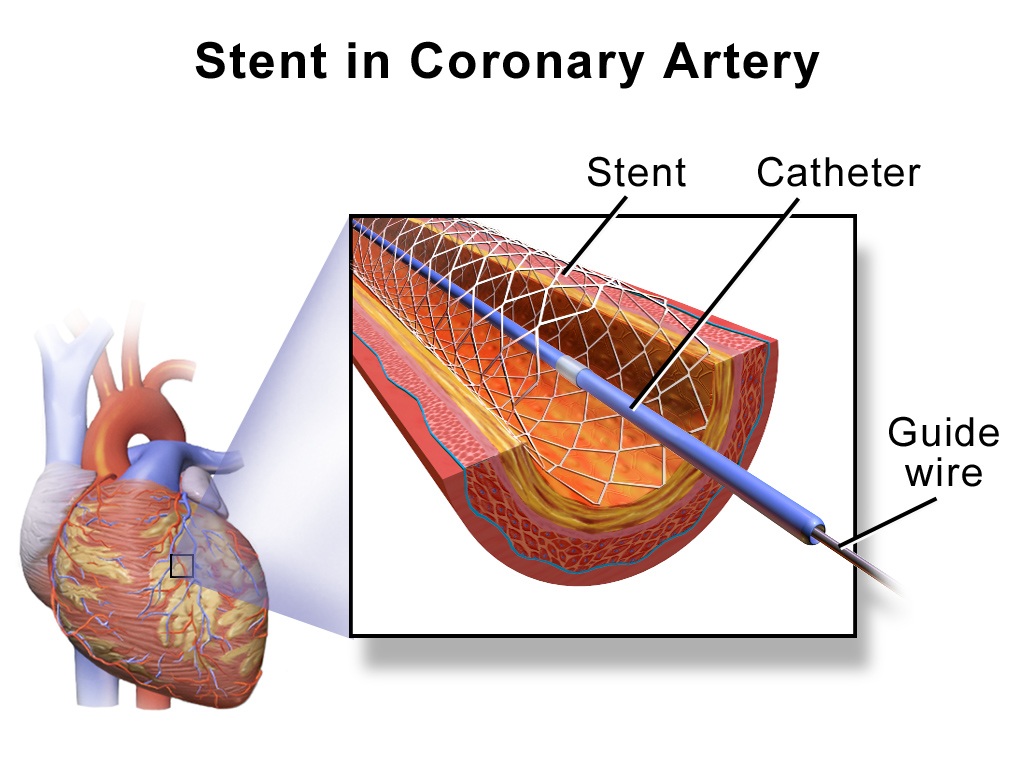
A fitness modality that doesn’t require many equipments or much space, calisthenics is thriving in India for its accessibility and inclusivity
I had never heard of calisthenics before a friend talked to me about unlocking a Human Flag in 2017. Intrigued, I googled it and came across superhuman, Greek-god lookalikes performing skills like front lever, handstand push ups and planche. I wondered if there were more Indians who had discovered this fitness modality, only to find to my surprise that there was an entire community that met at parks across the country and practiced the moves. Fast forward to 2024, the Indian calisthenics community is thriving with dedicated calisthenics parks across the country. More people are being introduced to this fitness form and are loving it. So, what makes this fitness form so popular?
Also read: 7 invisible benefits of consistent exercise
Derived from ancient Greek words kállos, which means “beauty” and sthenos, meaning “strength”, calisthenics is the art of using your bodyweight to perform exercises with minimal or no external equipment. While a search on the internet shows expert movements and skills, even basic movements like plank holds, squats, burpees and push-ups come under the category of bodyweight training. Each movement is scalable and has an easy or intermediate variation based on where you are in your fitness journey.
“It has been two years since I started practicing calisthenics. I like the idea of using body weight while exercising and not machine-dependent gym exercises. I started with wall push-ups and have progressed to incline push-ups, building on my upper body strength in the process,” says Shradha Mohanty, a UX writer who works out in her home space.
Affordability and accessibility
It doesn’t matter how easy or challenging a calisthenics movement is, it can be practiced from your home, a park or a small space. Think front lever on a sturdy dining table, handstand push-ups against the wall or bodyweight squats using a chair and plank holds on the terrace. Since there is not much equipment necessary or even a gym space, the expenses of practising calisthenics are almost nil, leaving a good budget to be spent on nutrition essentials and a healthier diet. This also leaves you with a budget to invest in a good coach who can help you build a solid foundation.
“The best part about teaching it is to be able to expand people’s knowledge about the functionality of their body and widen their spectrum of health and fitness know-how. Health doesn’t have to be fancy or expensive,” says Rajan Sharma, calisthenics mentor and co-founder of All India Strength Wars, one of India’s biggest calisthenics communities in Mumbai.
The power of community
One of the many reasons to pick up calisthenics is the feeling of inclusion and acceptance the community offers. “What sets calisthenics apart for me is its accessibility and inclusivity. From meetups to competitions and online forums, I’ve connected with people from all walks of life who share a passion for bodyweight training. Together, we celebrate victories, support each other through challenges, and inspire one another to keep pushing forward,” says Kimaya Harnik, a student and calisthenics athlete from Pune. With the growing love for the sport, even tier-2 cities like Kochi, Dehradun and Mysore have thriving communities.
How to get started?
One of the easiest ways to get started is to look for a calisthenics community in your city. A simple Google search should lead you to options with testimonials and reviews. If calisthenics gyms or parks are not accessible to you, there are plenty of coaches who teach online. Online coaching has taken off since the pandemic and is convenient to folks who lead busy lives. Savitri Bobde, founder of a stealth start-up says, “I prefer online coaching as there is no commute time to the gym and it allows me to workout when I’m travelling for leisure or work. If you have a great coach (like mine) then you can progress a lot without injuries too.” Many credible and experienced coaches are also posting beginner calisthenics tutorials, which are great to get you started.
If you are curious to try calisthenics, here are some beginner movements you can start practising at home:
1. Squats: A must-do functional movement that works on your hip muscles, thighs, calves and helps strengthen your knees. If you have problems squatting, use stairs or a chair to get started and focus on using your hip muscles while pushing the earth down with your feet every time you stand up.
2. Australian Pull-ups: You will need to be at the park or have a doorway pull-up bar for this movement. This move is necessary to train your back muscles for good posture as well as to avoid a hunched back as you grow older. It works on your upper back, shoulder muscles as well as your mid back and abdomen.
3. Plank Hold: Perhaps the most common, easily scalable calisthenics movement. Ensure you have a yoga mat under your arms and are not keeping your hips too high. The target muscles are your abs, but if you’re feeling it on your lower back, you’re doing it wrong.
4. Push Ups: Push-ups can be intimidating for a beginner. Start with wall push-ups, progress to the kitchen counter level and then to the floor. These are great for your chest muscles, triceps and abs.
Anupama Shivacharya is an independent journalist and calisthenics coach based in Bengaluru.
Powered by Yes Mom Hosting






